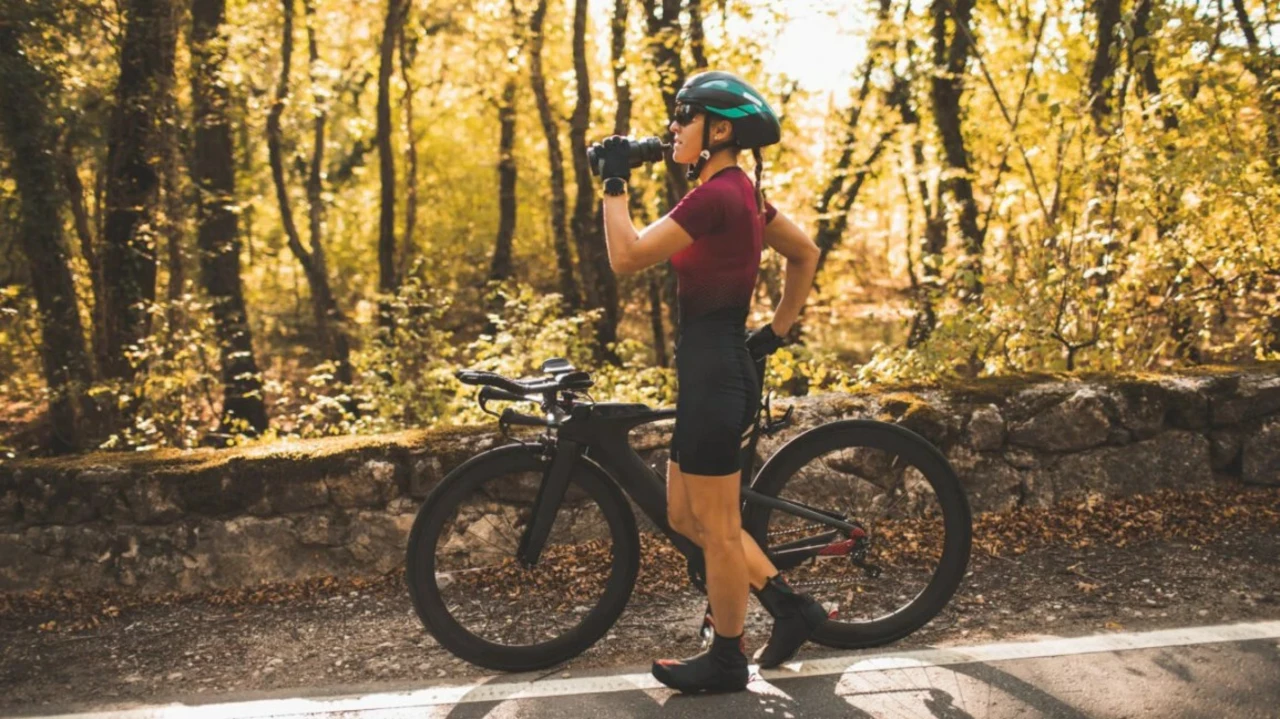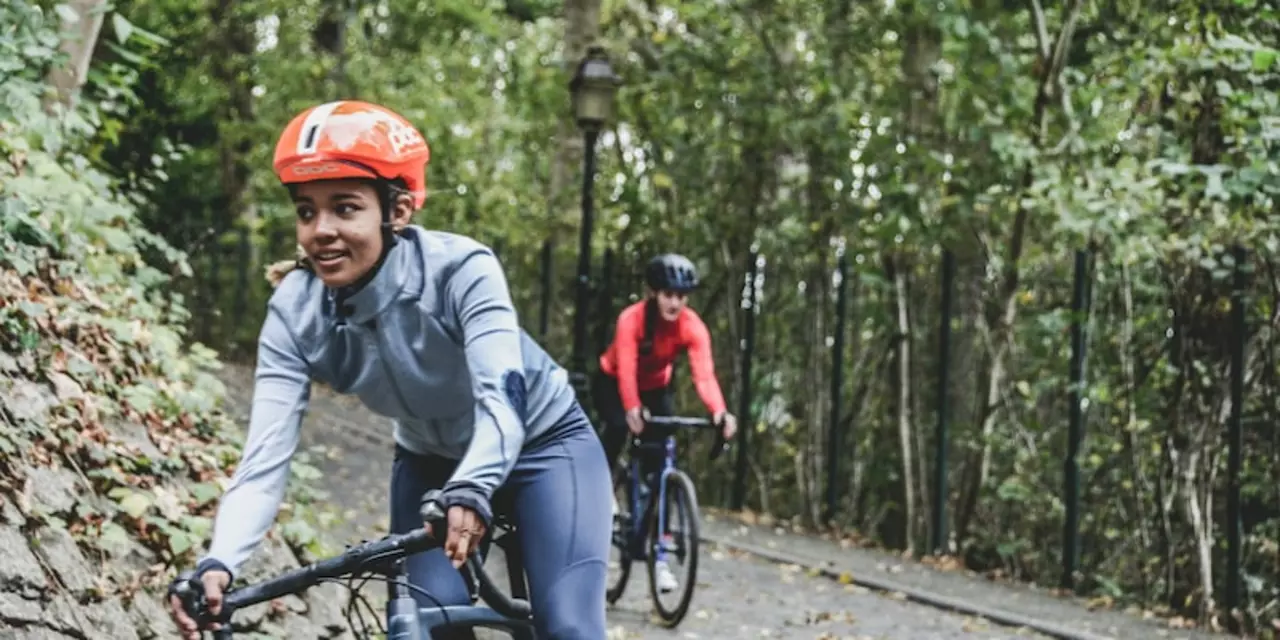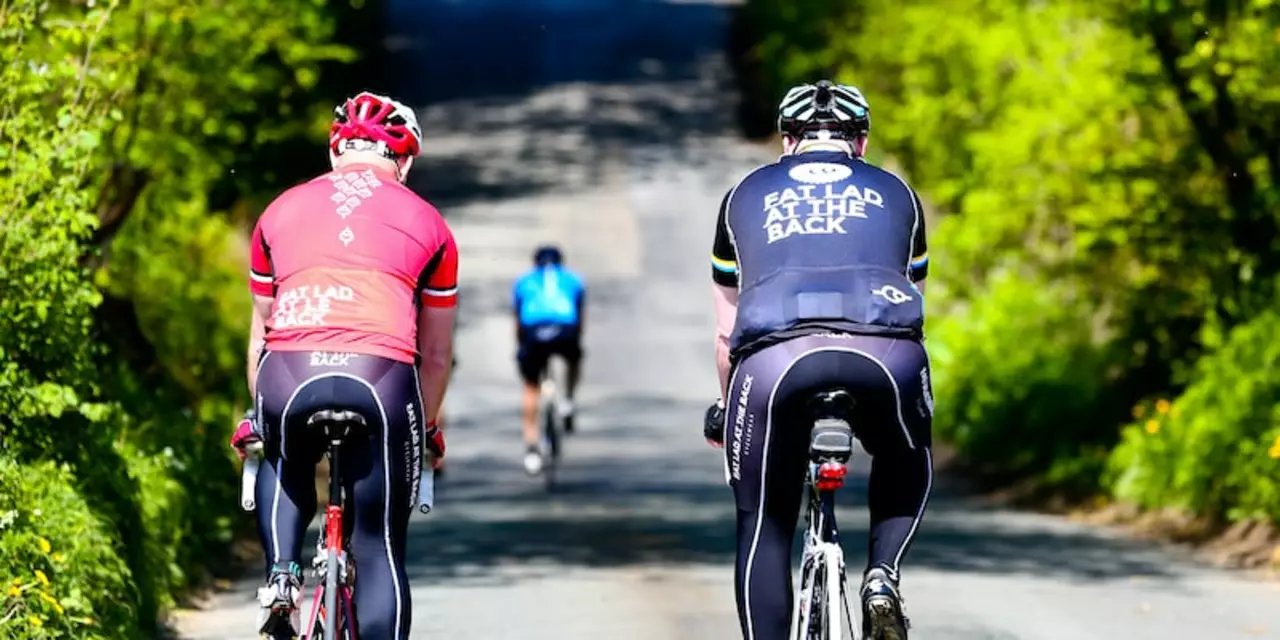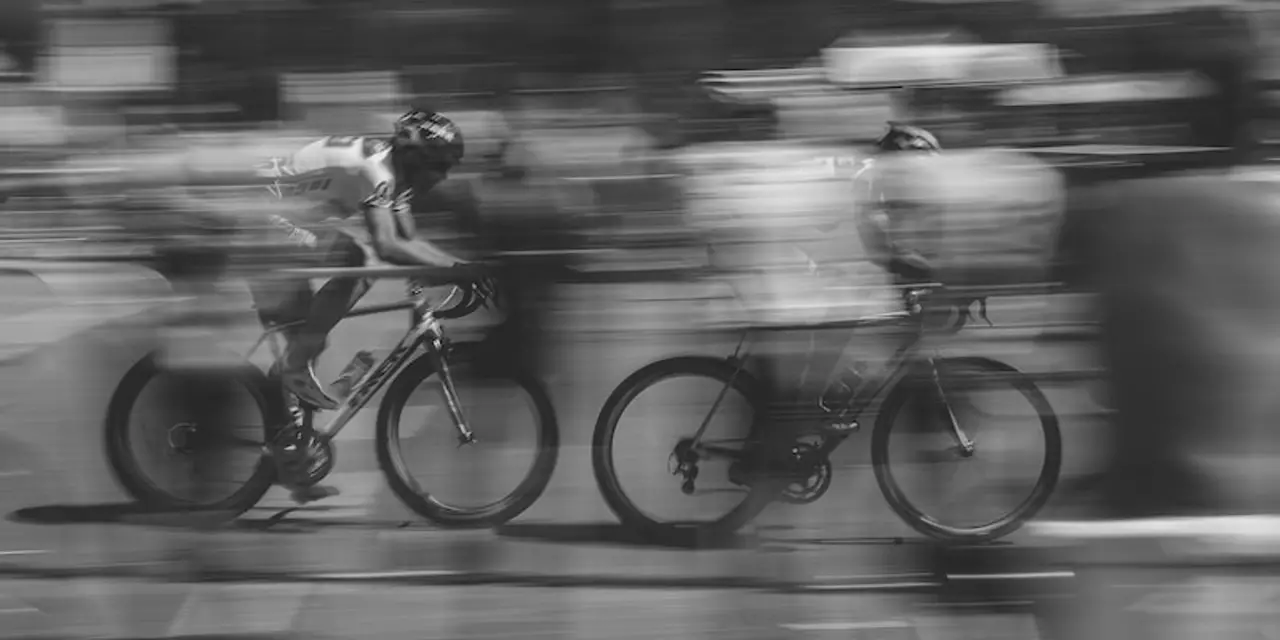Cycling Tips, Gear & Training Guides
Welcome to the place where cyclists of all levels come for real‑world advice. Whether you’re riding the streets, hitting the gym, or tackling mountain trails, you’ll find ideas you can use right now. Let’s break down the stuff that matters most for a better ride.
Choosing the Right Gear
Getting the right shoes is the first step. A good pair should feel snug but not tight, and the sole needs to be stiff enough to transfer power. You can try them in local bike shops, or order online from sites that let you check the size guide before you click ‘buy.’ Same rule applies to shorts. Bib shorts lock the padding in place and avoid a waistband that can dig in during long rides. If you prefer something you can pull on quickly, regular cycling shorts work fine for shorter trips.
When you’re shopping, look for breathable fabrics, durable zippers, and a fit that matches your riding style. A quick tip: bring your own socks when you try shoes in a store – it will give you a more accurate feel.
Boosting Your Ride Performance
Ever tried standing up while you pedal? Stand pedaling engages different muscles, gives your sit bones a break, and adds power on hills. It’s also a fun way to vary the ride and keep the legs from getting bored. Just shift your weight smoothly and keep a steady cadence; you’ll feel the difference in just a few minutes.
If you’re training indoors, a stationary bike can mimic that effort. Most riders aim to cover 25 km in about an hour at moderate intensity, but beginners might need 1.5 hours. Use a power meter or a heart‑rate monitor to keep your effort in the right zone. Tracking tools like Garmin make it easy – just select the indoor cycling profile, start the session, and let the device record distance, cadence, and calories burned. You can compare your stats with past rides to see real progress.
Health-wise, regular cycling lowers stress, burns calories, and saves money on fuel. The downside? Busy traffic can be risky, and riding in bad weather isn’t always comfortable. The key is to pick routes with good bike lanes and dress for the conditions.
Road racing isn’t a solo sport. Cycling teams work like a small crew where each rider has a role – the leader, the domestique, the sprinter. The team director writes the plan, and everyone follows it to maximize the overall result. Understanding how a team functions can help you ride smarter, even if you’re just doing group rides on weekends.
Mountain biking adds a whole new layer of adventure. You’ll need a bike with suspension and a helmet that protects your head and face. The sport builds full‑body strength, improves balance, and lets you explore off‑road scenery you can’t get on a road bike.
In short, good gear, smart techniques, and a little data go a long way. Try a new shoe, stand up on your next climb, and log the ride on your Garmin. You’ll see faster improvements, enjoy the ride more, and feel ready for whatever road or trail lies ahead.
Have you ever done a century ride on a mountain bike?
Riding a mountain bike for a century (100 miles) is an impressive feat that requires preparation, dedication, and endurance. It is an unforgettable experience that can take you through breathtaking landscapes, challenging terrain, and unforgettable memories. From the steep climbs to the thrilling descents, the century ride will test your limits and push you to the edge. You'll feel a great sense of accomplishment when you reach the finish line and cross the 100-mile mark. Whether you're a beginner or a seasoned cyclist, a century ride on a mountain bike is an amazing and rewarding experience.
Is cycling good cardio?
Cycling is an excellent form of cardiovascular exercise. It is low impact, so it can be done by people of all ages and fitness levels. It is also an efficient way to burn calories and improve your overall fitness. Cycling also increases oxygen intake, which helps to improve your cardiovascular health. Additionally, cycling can be done indoors or outdoors, making it a versatile exercise option. Overall, cycling is an effective way to improve your cardiovascular health and fitness.
What is the importance of cycling shoe stiffness?
Cycling shoe stiffness is an important factor when it comes to performance. Stiffer cycling shoes allow for more efficient power transfer from the feet to the pedals, resulting in a more efficient and powerful pedal stroke. Stiffer shoes also offer better support and stability, helping to reduce fatigue and improve rider comfort. Additionally, stiffer shoes are usually lighter and provide better aerodynamics, which can give cyclists an edge on the road. Ultimately, the stiffness of a cycling shoe should be chosen based on the rider's personal preference and riding style.
What are the best men's cycling socks?
The article explores the best men's cycling socks on the market. It looks at a range of factors such as fit, material and price, to determine which socks offer the best value for money and performance. It also reviews a number of popular brands and types of cycling socks, such as wool and synthetic. The article concludes that the best men's cycling socks are those that fit well, are made from breathable fabric, and offer good cushioning. They should also be moisture-wicking and durable, so they can stand up to the rigors of cycling.



